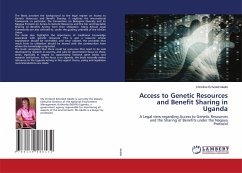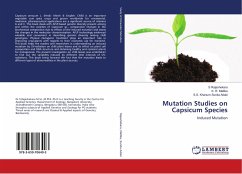While pepper (Capsicum spp.) is increasingly becoming an economic crop in Uganda and has the potential to diversify other crops and improve livelihoods, its production has been constrained by in addition to having scarce improved seed, existence of inadequate and poorly-described germplasm, reliance on non-improved local varieties that have suffered inbreeding depression or on expensive imported hybrid seeds that cannot be regenerated and various biotic stresses, among which diseases are prominent. Having observed this vacuum while working at the National Horticulture Program, I thought of a need to initiate a Capsicum breeding program in 2008 as a basis for contributing towards the improvement of pepper production through the search for improved genotypes. This book presents and discusses the results from four studies involved in a project that was devoted to this work. Future Ugandan and other Capsicum breeders, curators and students will find this book helpful in their respective breeding, conservation and academic quests. I appreciate every person who after reading this book, offers productive criticism that will further enhance the purpose for which this work was started.
Hinweis: Dieser Artikel kann nur an eine deutsche Lieferadresse ausgeliefert werden.
Hinweis: Dieser Artikel kann nur an eine deutsche Lieferadresse ausgeliefert werden.








